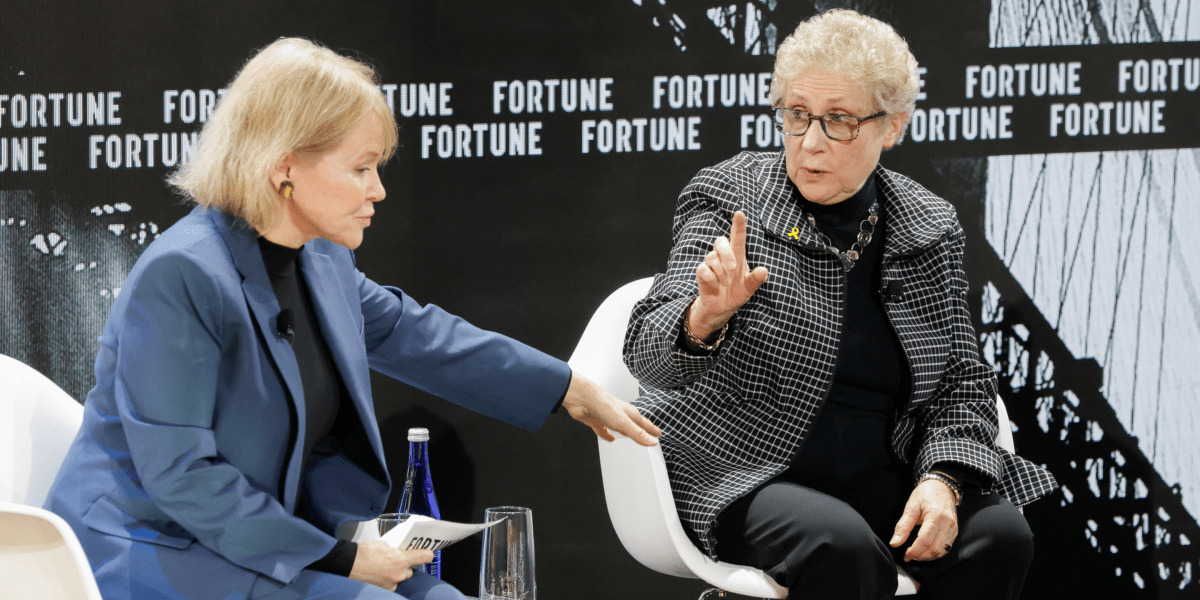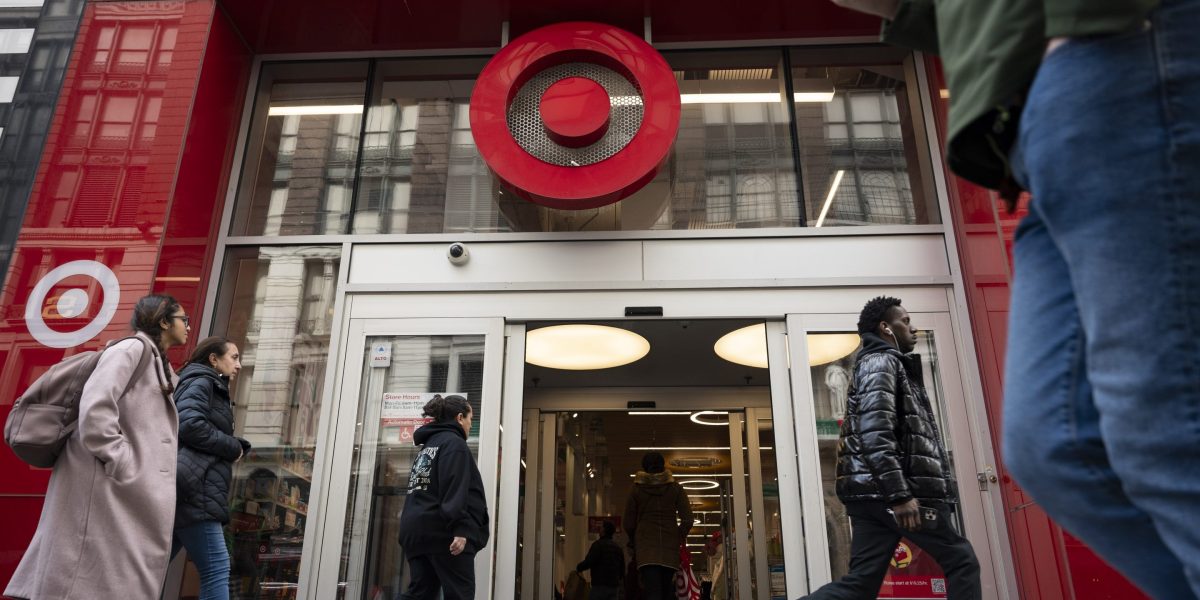Imagine your face plastered on a video, espousing views you never held, spreading misinformation with your very likeness. Now, picture that happening to some of the most recognizable faces in finance. That’s the unsettling reality facing Goldman Sachs executives, whose images were hijacked in a disturbing deepfake video campaign on Instagram. This isn’t just a tech thriller; it’s a chilling glimpse into the future of disinformation and the weaponization of artificial intelligence.

The Impact on Reputation

The proliferation of deepfake technology poses a significant threat to the reputation of financial institutions like Goldman Sachs. The unauthorized use of an executive’s image and likeness in a fraudulent scheme can erode public trust and damage the bank’s brand image. Consumers may become wary of engaging with the institution, questioning the authenticity of its communications and the security of their financial data.
A compromised reputation can have far-reaching consequences, including:
- Diminished investor confidence:
- Loss of customer trust:
- Negative media coverage:
- Legal and regulatory repercussions:
- Mandating transparency in the use of AI-generated content, particularly in financial advertising and marketing.
- Establishing clear guidelines for social media platforms regarding the detection and removal of deepfake content.
- Implementing penalties for the creation and dissemination of malicious deepfakes.
- Unrealistic promises of high returns or guaranteed profits.
- Pressure to act quickly or make immediate investment decisions.
- Requests for personal financial information or bank account details.
- Use of unfamiliar or suspicious investment platforms.
- The Federal Trade Commission (FTC):
- Your local law enforcement agency:
- The social media platform where you encountered the scam.

Beyond Goldman Sachs: A Widespread Problem
Other Victims Targeted
Goldman Sachs is not alone in facing the threat of deepfake impersonation. Other prominent financial experts have also fallen victim to this malicious tactic. David Kostin, Goldman Sachs’ chief U.S. equity strategist, and Michael Hewson, former CMC Markets chief analyst, have both had deepfake videos circulating on social media, used to promote fraudulent investment schemes.

The Role of Social Media Platforms
Social media platforms like Instagram and Meta bear a significant responsibility in addressing the spread of deepfake content. They have a duty to implement robust mechanisms for detecting and removing malicious content, as well as to educate users about the potential dangers of deepfakes.
However, the sheer volume of content uploaded to these platforms makes it a challenging task to effectively combat deepfake proliferation. Platforms often rely on user reports to identify and remove suspect content, which can be a slow and reactive approach.

The Need for Regulatory Action
The growing threat of deepfake-driven financial fraud necessitates the development of new regulations and guidelines to mitigate the risks. Governments and regulatory bodies need to consider measures such as:

Protecting Yourself from Deepfake Scams
Red Flags to Watch For
Being aware of the potential for deepfake technology is the first step in protecting yourself from scams. Here are some red flags to watch for:
Verifying Information
Always verify information obtained from unsolicited sources, especially if it involves financial matters. Cross-reference information with reputable sources, such as official company websites, financial news publications, and regulatory agencies.
Reporting Suspicious Activity
If you encounter any potential deepfake scams or suspect that you have been targeted, report the incident to the relevant authorities, including:
Conclusion
The recent use of deepfakes to portray Goldman Sachs executives in a campaign on Instagram raises a chilling question: how do we navigate a future where the line between reality and fabrication blurs with alarming ease? The article delves into the ethical minefield created by this technology, exposing the potential for manipulation, misinformation, and the erosion of trust.
This incident isn’t just about a viral marketing stunt gone awry. It’s a stark warning about the weaponization of deepfakes, capable of damaging reputations, influencing public opinion, and undermining the very foundations of our information ecosystem. As this technology becomes increasingly sophisticated and accessible, we must grapple with its implications. How do we hold creators accountable for the spread of manipulated content? How do we empower individuals to critically evaluate the information they consume? The answer lies in a multi-pronged approach: fostering media literacy, developing robust detection technologies, and enacting ethical guidelines for the development and deployment of deepfake systems.
The Goldman Sachs case is a wake-up call. We stand at a crossroads, where the future of truth itself hangs in the balance. It’s time we engage in a national conversation about the responsible use of this powerful technology, before the consequences become irreversible.
